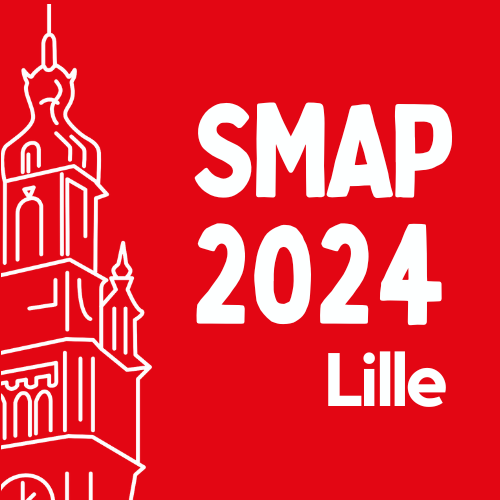
Session: Session 1
Impact of intermittent hypoxia on the mouse lung: a mass spectrometry-based quantitative proteomics study
Intermittent hypoxia (IH) is the hallmark feature of the obstructive sleep apnea syndrome, and numerous studies underlines an IH-induced damages on organs. However, its effect on the lung and especially the mechanistic pathways involved in the alteration of the lung repair processes are not well understood. Thus the aim of this study is to investigate molecular defects and adaptations in mouse lung proteomes. For this, 8 weeks old male C57BL/6 mice were exposed to intermittent hypoxia (IH; 30 cycles/hour, 8 h/day, nadir 7% O2) or intermittent air (IA) for different durations. Lung tissues were collected at days 30, 60, and 90 for both control and IH-exposed groups (n=3). Tissues samples were then homogenized using a Precellys® tissue homogenizer using iST-NHS lysis buffer and protein samples were processed using the iST-NHS kit (PreOmics). Peptides were labelled with TMTpro 18-plex (Thermo Fisher Scientific) before mass spectrometry-based quantitative proteomic analysis using an Orbitrap Ascend Tribrid (Thermo Fisher Scientific). Two acquisition modes, MS2 and RTS-MS3 (Real Time Search) were used. Raw data were processed using a newly in-house developed workflow (MGFBoost, Mascot, Proline) to identify peptides and proteins and extract their abundances, before statistical analysis conducted using Prostar. The obtained results allowed to compare analysis depths and ratio distributions achieved with the different acquisition modes, and highlighted significant differences in the proteomes of controls and IH-exposed lungs at different duration of IH exposure. This study allowed identifying key proteins and signaling pathways affected by IH exposure in the lung, providing insight into the molecular mechanisms underlying hypoxia-induced damage and the expression of proteins related to tissue repair processes.